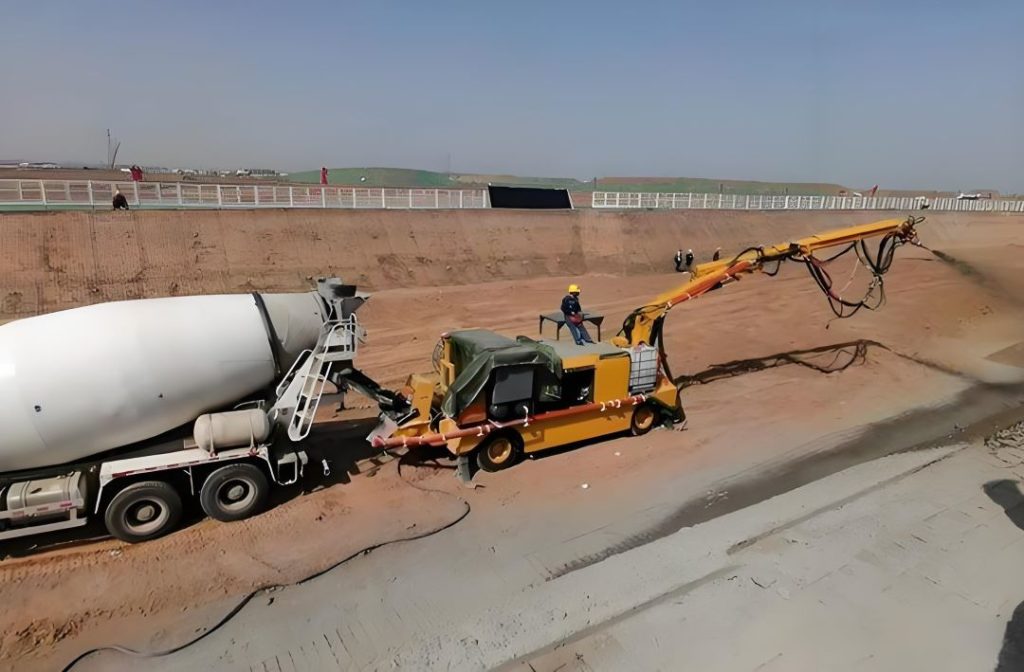What can I use instead of a concrete pump? If you’re looking for alternatives to a concrete pump, you have a few options depending on the project scale, site access, and the concrete volume needed:

1. Concrete Buggies and Trucks: For smaller scale jobs where access isn't too restricted, using concrete buggies or mini dump trucks can be an efficient solution. These vehicles are designed to transport wet mix from the batching plant directly to the pour site, making them ideal for sites with limited space.
2. Chute and Chutes: In situations where you need to move concrete vertically but not necessarily at great heights, chutes (long funnels made of metal or plastic) can be used. By connecting multiple sections together, they allow concrete to flow down into formwork, even on multi-story buildings, reducing labor costs associated with manual handling.
3. Crane Buckets: If your project involves tall structures like high-rise buildings, using crane buckets becomes necessary. These specialized containers attached to cranes lift large volumes of concrete to the required height before dumping it into place. This method requires careful planning due to safety considerations involved when operating heavy machinery overhead.
4. Tremie:A tremie is a pipe used to place concrete underwater or in deep locations, relying on gravity to deposit the concrete in place. It’s mostly used in specialized construction, such as foundations or underwater structures.
5. Augers and Screws: Often seen as part of some concrete mixing equipment, augers and screw conveyors help push materials through narrow tubes or enclosed channels. Perfect for filling small voids, cracks, and conduits, this method ensures precise placement with minimal disturbance around surrounding structures.
6. Manually Placing Concrete: While one of the oldest techniques, manually shoveling and wheelbarrowing concrete remains practical for very small projects or tight spaces inaccessible by machinery. However, this approach demands significant manpower which increases labor costs significantly compared to mechanized options.
7. Hydraulic Pumps: Smaller than traditional concrete pumps, hydraulic-powered models can sometimes serve as portable alternatives capable of delivering medium amounts of concrete under pressure. Ideal for basement work, landscaping projects, and other localized applications requiring less volume but still needing controlled flow rates.
8. Vacuum-Driven Systems: Also known as suction pumps, these units draw up liquid cement slurries using negative pressure. Although more commonly used in industrial settings dealing with hazardous substances, their ability to handle dense materials makes them occasionally suitable for certain concrete pouring tasks.
Choosing among these alternatives largely depends upon factors such as job size, site conditions, available resources, and budget constraints. Understanding each method’s capabilities will assist you in selecting the most appropriate technique for your specific requirements, ensuring successful completion within schedule and cost parameters.




